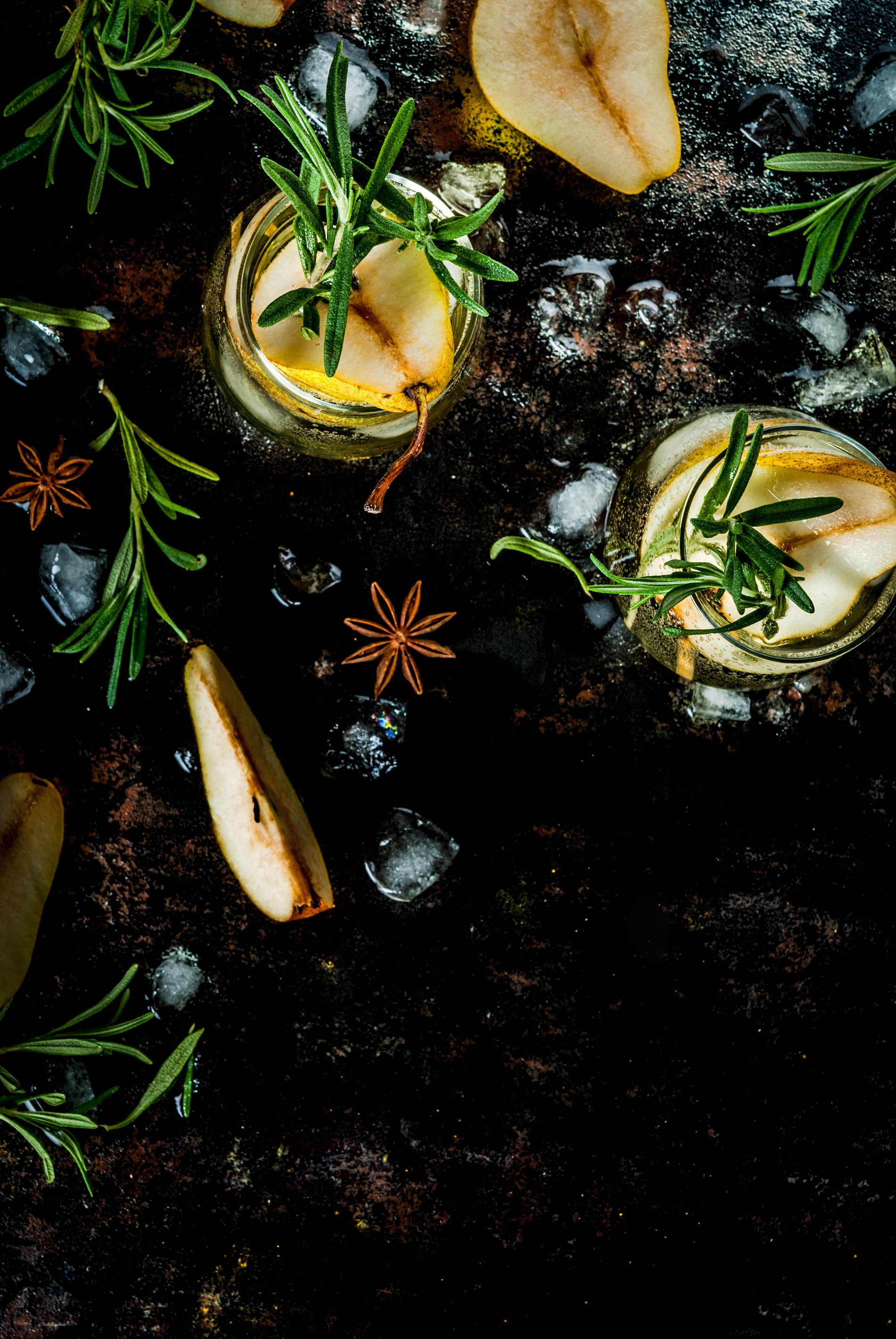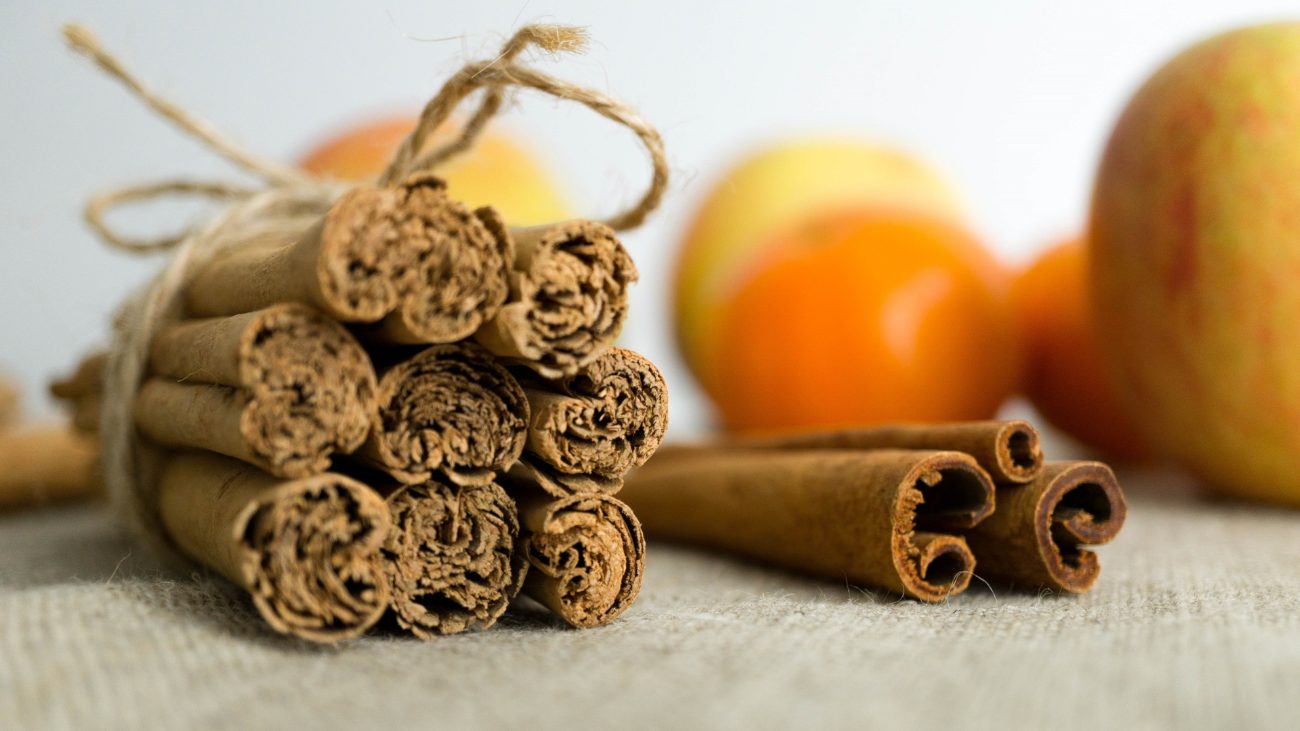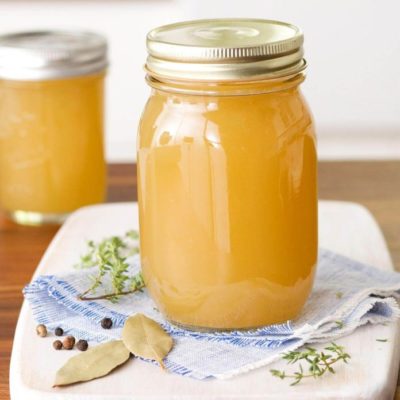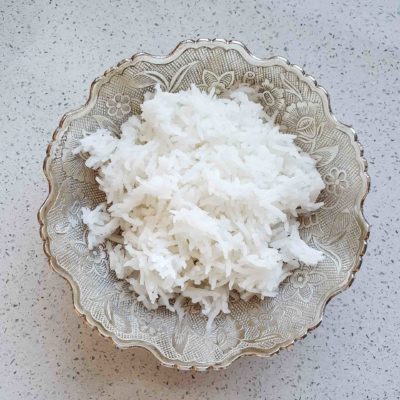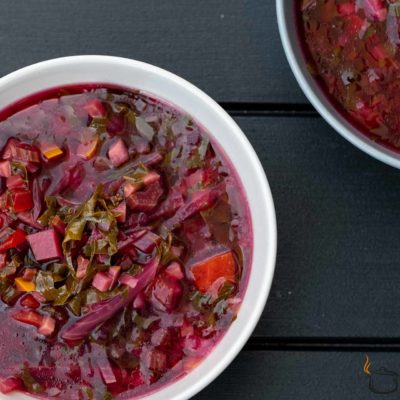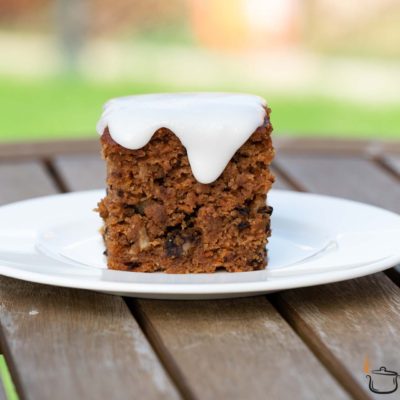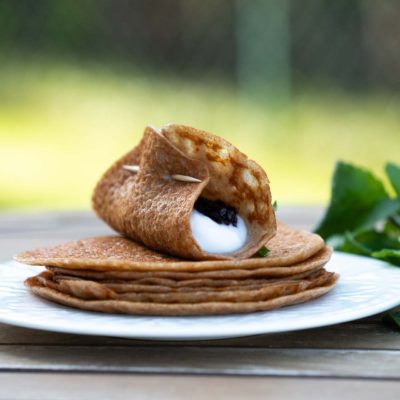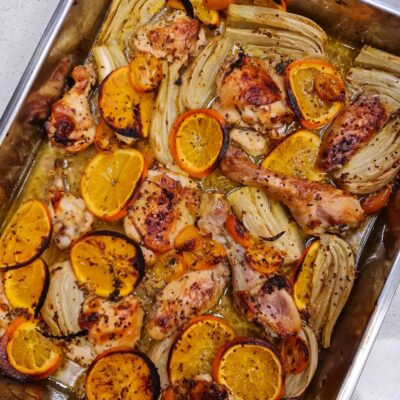
Cinnamon – Real and Fake, Dangerous and Healthy: Myths and Truths.
Christmas, a traditional time of hot wine, gingerbread, cakes, and cookies is coming. There will be festive flavors of different spices, especially cinnamon, everywhere.
You can find a lot of information on the Internet about the benefits and dangers of cinnamon, sometimes it’s even scary to buy or use it. Some articles say that even three cinnamon cookies can be hazardous for a child.
So let’s together look into this question and back our talk with something more than words about cinnamon benefits and harms.
Modern Family Cook loves coming to grips with things and shares with you : )
Cinnamon, known to everyone since childhood, what is it?
Cinnamon (a spice) is the bark of several tree species from the genus Cinnamomum.
Real cinnamon is produced from Ceylon cinnamon tree (latin Cinnamomum verum). Its major producer is Sri Lanka.
As real cinnamon is pretty expensive it’s quite rare to buy in groceries. Those spices sold under the name Cinnamon are usually made from other spices of Cinnamomum.
Three other types of the manufactured and exported cinnamon-flavored spices are:
Cinnamomum cassia (C. aromaticaum, also known as Chinese cinnamon),
Cinnamomum burmannii (also called Korintje, Java, or Indonesian cinnamon),
Cinnamomum loureiroi (also known as Vietnamese cinnamon or Saigon cinnamon).
All these types are usually called cassia.
For the sake of simplicity, I will further use the term cinnamon with references to real (Ceylon) cinnamon, and cassia – to the other, cinnamon-flavored, types.
Besides these four types, local markets offer bark of other Cinnamomum species as spices or traditional medicine ingredients, though they tend not to be exported.
What is the difference between true cinnamon and cassia?
True cinnamon differs from cassia in flavor, taste and chemical composition as well as in production, appearance, and price.
The best flavor and taste have true cinnamon (lat. Cinnamomum verum). It has a somewhat sweet and subtle flavor. True cinnamon is produced from the inner bark of a young Ceylon cinnamon tree. The outer layer of bark is removed, and the inner, more tender and thin bark is pried off and let to dry. During drying cinnamon strips curl into rolls and then cut for 10 cm length for sale. Real cinnamon is light brown in color, has many thin (no thicker than 1 cm) layers and can be ground in a coffee grinder.
Cassia is a lower-cost spice to manufacture.
In theory, cinnamon labels must contain information about ingredients and country of origin, but for some reason, they don’t. Logically, if you don’t see Cinnamomum verum in a list of ingredients and the place of origin is not Sri Lanka, this is probably cassia.
Cassia has a strong and intense flavor. If you have always used cassia, you will find cinnamon flavor somewhat subtler. Though you will notice that in baking cinnamon is much more pleasant and elegant – my first-hand experience.
Manufacture of cassia differs from that of cinnamon – the outer bark of mature trees is used. This explains its hard and woody texture – it’s almost impossible to grind it in a coffee grinder. Cassia sticks are thicker (2–3 mm thick) and rolled in a single layer. The color varies from grey to dark red. It has a high starch-content so drinks that use cassia gets cloudy in a while.
Cassia is commonly used in the food industry as well as in Chinese traditional medicine.
How to tell cassia apart from real cinnamon?
It is very easy to tell as they are very different in appearance. Real cinnamon is light brown sticks rolled in several layers just like a cigar. Each layer is thin and can be easily break with hands. The flavor is subtle.

Cassia is usually dark brown, sometimes reddish or even greyish in color. It clearly resembles the bark of a tree. It’s pretty had which makes it impossible to break with hands. The flavor is very strong.
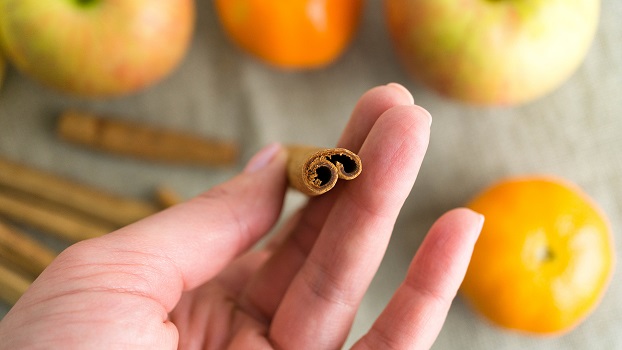
Look at the photos above and you will be able to unerringly tell cassia from cinnamon.
Things are more complicated with ground cinnamon. You should take a cue form labels. It should indicate a country of origin, Sri Lanka, and Cinnamomum verum or Ceylon cinnamon in a list of ingredients. It also should stand out by its price – real cinnamon is much more expensive and manufacturers monitor label accuracy to explain high prices. If there is no such information on a label – that spice must be cassia.
Is cassia health-threatening and what is coumarin?
Let’s be moving on to chillers.
I suppose you read articles on how cassia is dangerous for human health.
So what is the ground for such assumption if cassia is widely used in medicine? The main “hazardous” compound that can be found in cassia and which is almost absent in cinnamon is coumarin.
The name of coumarin (chemical formula – С9Н6О2) comes from a French word for the tonka bean – coumarou. Coumarin was first isolated from the tonka bean in 1920. The compound has a sweet odor, readily recognised as the scent of newly-mown hay.
Coumarin is contained in tonka beans (used in the perfumery, tobacco industry and culinary), hornwort (used in tobacco industry), cassia, sweet clover (used in perfumery and tobacco industry), vanilla grass (alcoholic beverage industry), berries and fruits – strawberries, black currants, apricots and cherries. This is coumarin which makes those plants and their fruits sweet.
Coumarin derivatives are anticoagulants, meaning they reduce coagulation of blood. Coumarin is also known for other beneficial effects and is widely used in medicine, especially in Chinese traditional medicine.
What are the grounds for chillers about rat poison and hay containing coumarin that killed cattle?
Let’s look into this matter as it’s not clear why Chinese using cassia as one of the main spices haven’t led them to die out.
The thing is that coumarin is moderately toxic to the liver and kidneys with with a median lethal dose of 275 mg per kg. Sounds scary, isn’t it? However, to get that median lethal dose a human of 60 kg weigh will have to eat about 4 kg of cassia which is clearly impossible. So, it is safe to say that using cassia in cooking is not fathal for a human. Though it is for rats, so it is used as rat poison.
How much cassia is safe to use in food?
However, to avoid side effects of coumarin, several countries imposed restrictions on its content in food and established a tolerable daily intake of coumarin.
Let’s refer to the official sources.
In 2004 European Food Safety Authority (EFSA) established a tolerable daily intake of 0.1 mg coumarin per kg body weight.
In other words, a person weighing 60 kg can consume 6 mg of coumarin daily. How much cassia is that?
First, we need to find out how much coumarin is contained in cassia. You can find different data in this regard varying from 1 to 7 h per kg. According to the German Federal Institute for Risk Assessment (BFR) 1 kg of cassia contains about 2.1 to 4.4 g of coumarin. Powdered cassia weighs 0.56 g/cm3, so 1 teaspoon of powdered cassia (1 kg=362.29 tsp, i.e. 1 tsp=2.76 g of powdered cassia) contains 5.8 to 12.1 mg of coumarin.
How much coumarin is in store-bought cassia?
An interesting research was conducted in the Czech Republic and published in The Scientific World Journal. For this research 60 spice samples that are sold under the name Cinnamon comprising twelve brands were used. Each sample was assessed in respect of coumarin content. For sake of comparison, Ceylon cinnamon was also assessed for coumarin content as well. The results showed a few interesting things:
- No sample was labelled with ingredients or a country of origin.
- It turned out impossible to assess coumarin content in Ceylon cinnamon. According to other sources, Ceylon cinnamon contains about 0.004% of coumarin.
- The content of all the samples varied in the range 2 650 to 7 017 mg·per kg. The coumarin content indicated that all the samples were not Ceylon cinnamon.
- Although all packages of one brand were purchased in the same place at the same time, high variability of coumarin content was observed. Other researches indicate that even in the bark of the very same tree coumarin content can vary greatly.
- The mean content of coumarin in the samples amounted to 3 856 mg per kg.
Source: Assessment of Coumarin Levels in Ground Cinnamon Available in the Czech Retail Market, Published online 18.06.2012 в The Scientific World Journal.
Coumarin content in cassia can therefore be extremely different. For the further calculation, I suggest use the mean value mentioned above and approximate it to 4 g per kg.
This means that our tolerable 6 mg of coumarin (for a person weighing 60 kg) contains in approximately 1.5 g of cassia which is less than ½ a teaspoon.
Thus, for a person weighing 60 kg it is safe to consume about ½ a teaspoon of cassia. In other words, if you love cinnamon flavor and you powder your cappuccino with cassia everyday – it is of no danger.
What about high amount of cassia in baked goods which is a wonderful Christmas tradition? Is it safe to eat?
Let’s refer to the official sources once again.
In 2008 the European Committee established the following maximum limits for coumarin in food (mg/kg):
| Coumarin | Traditional and/or seasonal bakery ware containing a references to cinnamon in the labelling | 50 |
| Breakfast cereals including muesli | 20 | |
| Fine bakery ware, with the exception of traditional and/or seasonal bakery ware containing a references to cinnamon in the labelling | 15 | |
| Desserts | 5 |
Source: Regulation (EC) No 1334/2008 of the European Parliament and of the Council of 16 December 2008 on flavourings and certain food ingredients with flavouring properties for use in and on foods and amending Council Regulation (EEC) No 1601/91, Regulations (EC) No 2232/96 and (EC) No 110/2008 and Directive 2000/13/EC (Text with EEA relevance)
Thus, in traditional and seasonal bakery high amounts of coumarin, even exeecing the daily limit, are allowed. This is because overelimit irregular consumption of coumarin showed no negative effects to health. And no one eats bakery goods with cinnamon daily.
Let’s check how much coumarin can be contained in cassia home-made bakery.
For this calculation, we will use a standard and a widely known recipe for cinnamon rolls.
It is usually suggested to use 2 tbsp cinnamon (5.5 g per 1 heapless tbsp) for 12 rolls (150 g each). If you use cassia with coumarin content of 4 g per 1 kg, then 1 kg of rolls will containe 22 mg coumarin per 1 kg which is 2 times below the limit established by the European Committee. So, one roll will contain 1.8 mg coumarin, meaning you can eat 3 rolls a day! – hurray! (kidding).
Also, some researches on seasonal bakery goods showed exceedance of the limits established by the European Committee.
My personal conclusions are as follows:
- All ground spiced named “cinnamon” sold in groceries are cassia.
- For all commercial cinnamon-flavored bakery goods cassia (or flavorings) are used.
- A tolerable daily intake of cassia is ½ tsp (for a person weighing 60 kg).
- Store-bought buns, cakes and cookies with cassia are safe to eat! The thing is not to eat them every day of the year.
- For home-made baked goods, I bought true cinnamon and I use it not because of its coumarin content but flavor – you should love and treat yourself to the best!
Cinnamon Christmas is now saved! Yipee!
Today's visits: 1.
